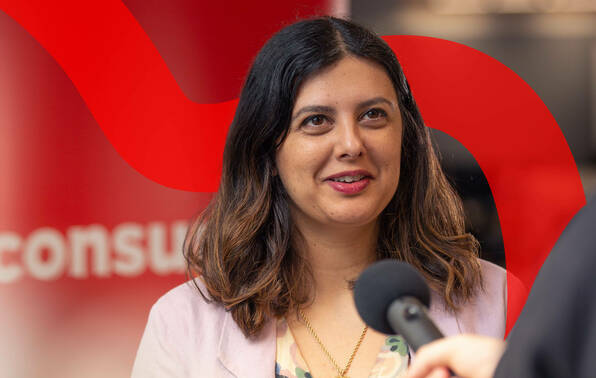
Tech obsolescence and what you can do about it
Manufacturers would rather you ignore environmental issues and just upgrade.
A concerning tech story flared up over the summer break. As part of its “trade up programme”, wireless speaker company Sonos is offering a 30% discount on new models for all old Sonos speakers customers put into “recycle mode”. But recycle mode doesn’t do what you might think.
A full replacement
The issue is that recycle mode rendered the old device completely unusable; also known as being “bricked”. So Sonos is incentivising people to throw devices away rather than reusing or on-selling them. While recycling is a good thing, it’s nowhere as good as reuse.

In this case Sonos claimed it didn’t want older speakers on-sold that “may not be able to deliver the Sonos experience [users] expected”.
For most, the “Sonos experience” is simply listening to music over their WiFi network, not additional bells and whistles such as voice control. But when you buy stuff second-hand, you know it’s going to be missing the latest features, so it’s a hard argument to accept.
Built-in obsolescence is a real problem, as our devices usually have to be completely replaced rather than have individual components upgraded. If your router, for example, can’t pick up a certain WiFi frequency you can’t just change a chip or an antenna, you have to buy a new router.
Update. Sonos has backtracked on their previous message regarding software updates since this article was written. In a letter from the CEO, Patrick Spence, Sonos has promised that older models will still receive bug fixes and security patches from May 2020. Spence also stated that Sonos are “working on a way to split your system so that modern products work together and get the latest features, while legacy products work together and remain in their current state.” This is much better than the previous state where new models connected to older ones would also not receive updates. It doesn’t fix the issue of “recycle mode” but it is good to see a positive result.
Reliable over recyclable
Society needs to reduce the amount of stuff that gets made, reusing perfectly good products is one of the ways of doing that. Buying durable products is another good plan.
Companies cutting corners to save money and increase profits leads to more low-quality products being made, rather than fewer high-quality goods.
An example is the bands on smartwatches. In our latest tech reliability survey, 18% of 544 owners had problems with construction of their Fitbit. The company is happy to replace broken bands, which is good for consumers. But it would be even better if they didn’t break in the first place.
In this case it’s often a good idea to buy slightly more expensive versions of cheap products. Splurging a little, and futureproofing when you do, can mean you aren’t having to replace a product every few years.
What can you do?
Corporations hunting for profits is the main problem here but smashing the capitalist state isn’t in everyone’s wheelhouse. Instead you could lobby the government to create mandatory stewardship for tech products. This would require companies to be responsible for their products when they reach end of their life.
That’s not the only way you can make a difference, we also recommend:
- Buying refurbished: As we mention in our Tech Reliability article, buying refurbished products can be a better option than buying new. It allows for reuse of devices that are still functioning fine and can be a great option for the budget conscious.
- Buying second-hand: While refurbished is a better option, because you don’t always get the Consumer Guarantees Act protection, but still good. Hit up those TradeMe auctions and find yourself a bargain.
- Buying fewer, better products: Where possible spend a little bit more and pick up more reliable devices. Our tech reliability survey lets you know which brands are the most reliable.
- Selling or donating your old devices: You may not have any use for your old tech, but as long as it’s not completely obsolete someone else might. Just remember to do a complete reset before passing them on; you don’t want the new owner to have access to your information.
- As a very last resort, recycle: A quick internet search will show the e-waste recyclers in your area. Depending where you are there may be none, in which case you need to lobby to get one. Some recyclers will charge you to take in certain kinds of tech (and appliances) due to the chemicals in them. Your local tip may have a drop-off centre for old tech.

We can't do this without you.
Consumer NZ is independent and not-for-profit. To help us get a fairer deal for all New Zealand consumers, you can make a donation. We’ll use your contribution to investigate consumer issues and work for positive change.
Member comments
Get access to comment